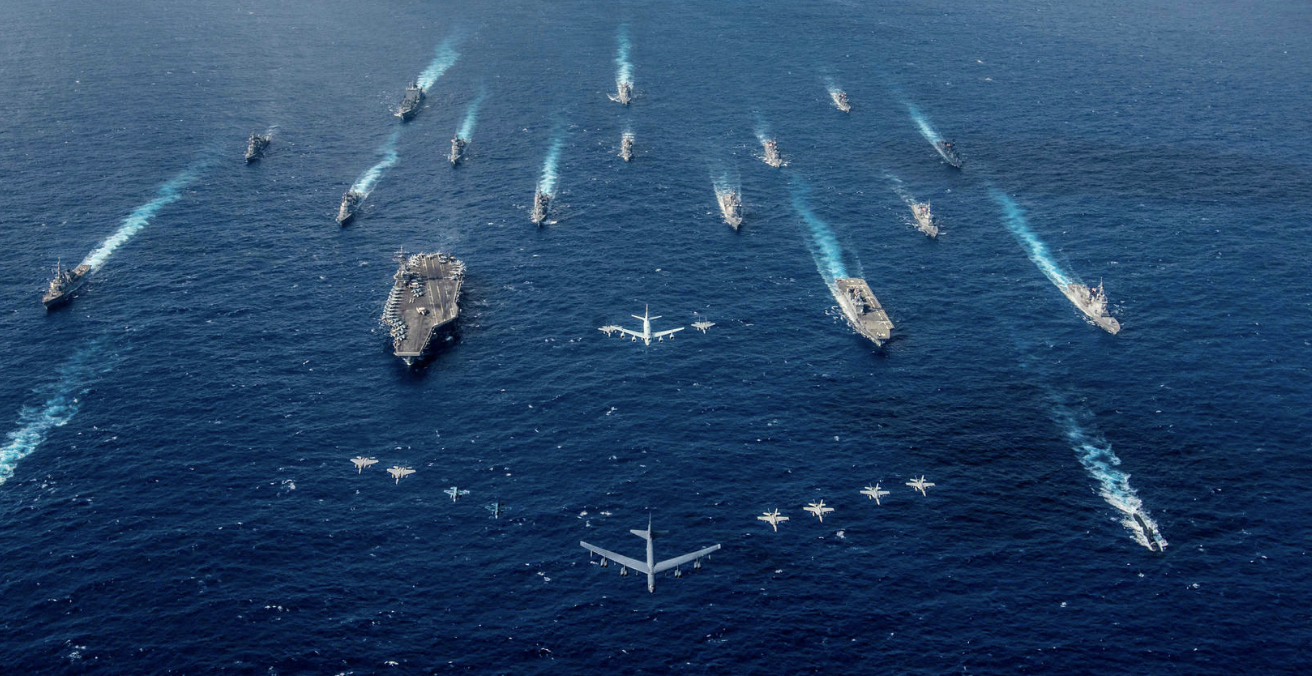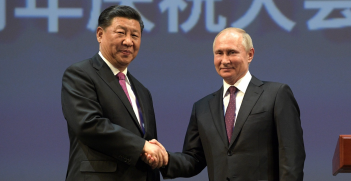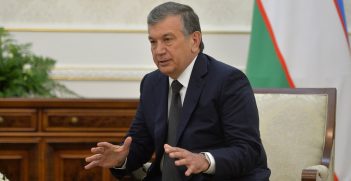CSCAP and Regional Stability

The states of the Asia Pacific have been stretched by tumultuous geostrategic change. Oddly enough, however, the bigger tools they developed to help cope with such change have been used rather timidly or not at all.
The Council for Security Cooperation in the Asia Pacific (CSCAP) – established in 1993 as a non-governmental counterpart to the ASEAN Regional Forum (ARF), our region’s first official multilateral body dedicated to fostering peace and stability – initially embodied an interesting, and very Asian, recruitment strategy. It was thought that all countries in the region had people who had completed successful careers in government, academia, business, the military and the media, providing a demographic that was knowledgeable, well-connected and, free of the inhibitions that inescapably attend a paycheck, comparatively free to think creatively about addressing adverse trends in regional security. CSCAP has since broadened its base but this original target group remains important.
Twenty states in our region, plus the EU, have national bodies that work together under the CSCAP banner, sustaining relations with government, organizing policy studies on issues that are or should be topical and, above all, seeking to ensure that national security debates around the region are enriched by the perspectives of others. CSCAP’s flagship vehicle is its annual Regional Security Outlook which rests on a representative sample of assessments characterizing national security perspectives and the primary factors that appear to shape those views. This informal or natural structure is rewarding in that it highlights the diversity of approaches to thinking about and presenting assessments of security without suppressing common undercurrents. The assessments assembled in the most recent iteration of the Outlook suggest an increasingly troubled region. It is one confronting a United States, previously viewed as the guarantor of order and stability in the region, now seeking to rather incoherently withdraw from its responsibilities. And a China that is powerful and ambitious but so secretive and impenetrable as to preclude the confidence that could flow from honest transparency and engagement.
The US and China are increasingly at daggers drawn but still find the time to woo smaller states with competing visions for the broader region: America’s free and open Indo-Pacific versus China’s community of common destiny. Meanwhile, journalists and security analysts ponder the veracity of labelling this intensifying confrontation a new Cold War. Sadly, even this alarming label is not entirely without merit. The US-USSR Cold War was distinguished by an ideological cleavage, outrageous nuclear threats and an essentially nonexistent economic relationship. In contrast, the US and China have a huge economic relationship and a starkly asymmetric nuclear relationship, but there is also more than a trace of an ideological clash in their attitudes toward governance.
Governance in the United States, and the “West” more broadly, is driven by the view that government is both indispensable and a major threat to the personal freedoms that liberal democracies value. Governance is therefore distinguished by an array of checks and balances designed to preclude the state gaining dominance over the people. To the CCP in modern China, the notion of constraining the power of the state – whether through elections and an authoritative parliament, an independent judiciary, a free press or venerating transparency – is tantamount to precluding optimal governance, and therefore plainly illogical. This cleavage lies at the heart of the real possibility that the fallout from the current confrontation may include the loss of a shared perception of a rules-based international order.
The ARF and CSCAP are part of what commentators are fond of calling East Asia’s “alphabet soup.” Organisations of mostly official multilateral processes that address an array of common interests in the political, economic, social, security and environmental fields. As the ARF turned 25 in 2018, the CSCAP Outlook 2019 ventured to assess its effectiveness. This is a necessarily delicate assignment. ASEAN is understandably proud of assuming and retaining primary responsibility for the ARF – and, more recently, for two other processes with a security mandate: the East Asia Summit (EAS) attended by heads of state, and the ASEAN Defence Ministers Meeting Plus (ADMM Plus) – and some other members have worked assiduously to shape the modalities of these processes to their advantage.
The CSCAP Outlook concluded that ASEAN urgently needs to lead a cold, hard assessment of the processes it manages. The region – whether it is called the Asia Pacific, greater East Asia or the Indo-Pacific – has over the past 25 years undergone an unparalleled transformation in its economic, political and security character. The fabric of regional political relationships has been strained severely and confidence in stability and security has been undermined. But when one asks whether the region directed its full capacities at anticipating and managing these stresses, it is difficult not to conclude that opportunities were repeatedly missed.
Future historians will be puzzled that, in the face of the prolonged deterioration in US-China relations, ASEAN did not find some way for the ARF or the EAS, or both, to set the example of demanding that these states listen and respond to regional concerns and expectations to strive in every way to shape this pivotal relationship. It is important to explore why this happened. The risks associated with an adversarial US-China relationship, and the challenge of addressing them, are still out there and they continue to grow. The onus remains primarily on ASEAN to find the political will and ingenuity to commit the multilateral security processes it manages to the task of changing the trajectory of the US-China relationship. Much clearly depends on the United States and China. They may yet surprise us with concessions and/or initiatives disguised as unilateral measures that address the other side’s deepest concerns. That said, these two states can no longer credibly assert that they have everything under control.
The future role of CSCAP is an open question. It has a broad regional presence and a distinctive pedigree but it is also conscious that its impact is directly proportional to its unity. It may attempt to devise and recommend reforms. Like the official multilateral processes, it has to filter the less important from the most important, develop common ground among its constituent national organisations and identify realistic initiatives that will make a difference.
Ron Huisken is an adjunct associate professor in the Strategic & Defence Studies Centre at ANU and current editor of the CSCAP Regional Security Outlook series.
This article is published under a Creative Commons License and may be republished with attribution.




